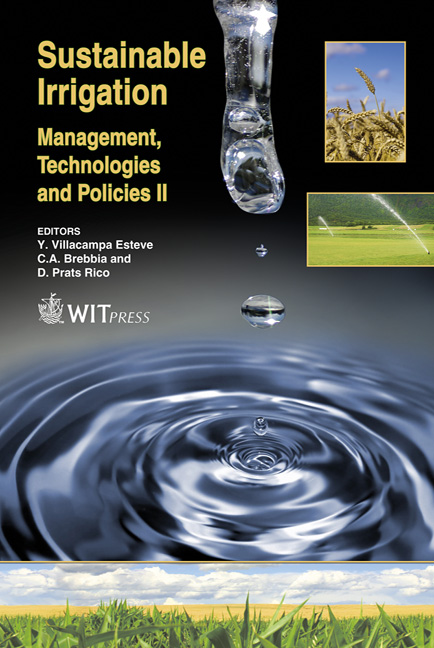Integrating Alternative Water Sources In Urbanised Environments
Price
Free (open access)
Transaction
Volume
112
Pages
9
Page Range
351 - 359
Published
2008
Size
2,065 kb
Paper DOI
10.2495/SI080341
Copyright
WIT Press
Author(s)
M. Schwecke, B. Simmons, B. Maheshwari & G. Ramsay
Abstract
The need to use alternative sources of water for irrigation has arisen from the current shortages of potable water within Australia. As a result local governments are investigating alternative water sources (treated effluent, stormwater and groundwater) for irrigating urban playing fields and open spaces to cope with times of water shortages. In this paper, using Manly Local Government as a case study, the quality of treated effluent, stormwater, groundwater and the receiving water was analysed, to determine the potential impacts of capturing and using these alternative sources on the local environment. Systems analysis was used to identify the connectivity between the various water sources. It was observed that the injection of stormwater and effluent into the local water cycle could potentially pose a risk to the environmental, including ground and surface waters which are estuarine influenced systems. Stormwater was found to be of a variable quality and therefore requires constant monitoring to ensure no contamination events (such as road spill) enter the system. Groundwater salinity levels also required constant monitoring to prevent ingress of saline estuarine water. It also appears that as long as appropriate safeguards are put in place, the use of alternative water sources could help improve the local water cycle processes of urbanised catchments. Keywords: environmental connectivity, environmental susceptibility, groundwater, stormwater, systems analysis, treated effluent, urbanised environments.
Keywords
environmental connectivity, environmental susceptibility, groundwater, stormwater, systems analysis, treated effluent, urbanised environments.





